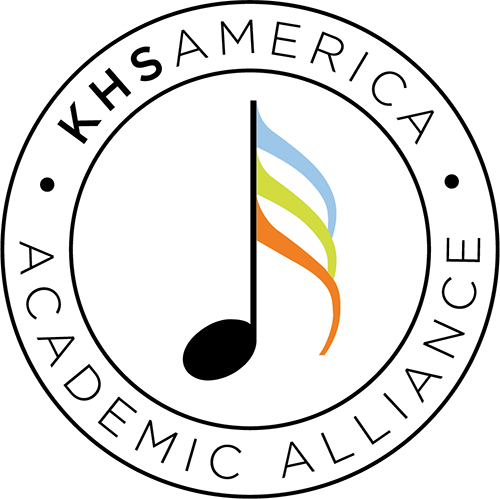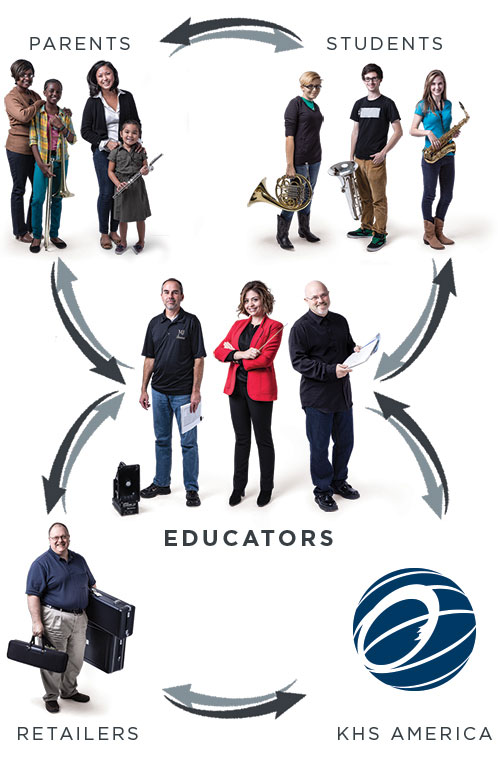Whether we are teaching completely remotely or in a hybrid model of some kind, “screen fatigue” is an ever-present concern. The best way to ward off this silent problem is to engage students – almost constantly – by asking them questions. But we all know the limitations of any online platform make that difficult because only one person can talk at a time, and we worry that if one student is talking, others will tune out. I think the best way around this problem is for us to pepper our sessions with “yes or no” questions that have all the students answering with the nod of a head, or a thumbs up or down, at the same time. Similarly, we can ask multiple choice questions where students answer by holding up fingers for the correct answer. This can be done instantly, quickly, silently, effortlessly and with little effect on our pace and flow. Our students’ continual responses to our incessant questioning will help keep them engaged and on task, allowing us to assess as we capture their attention. It can be as simple as asking, “Should we breathe in measure 2?” or “Is my thumb in the correct place?” This is the same kind of questioning we did in classes and rehearsals as effortlessly as blinking before the pandemic, just altered to be done in silence with binary or limited answers. In this case, silence is golden!
Peter Loel Boonshaft, Director of Education
KHS America
The content of this Blog article or Banded Story is the intellectual property of the author(s) and cannot be duplicated without the permission of KHS America and/or the author(s). Standard copyright rules apply.



 We look forward to the evolution of this exciting program, and welcome feedback on how we can further enhance the work that you do in music education.
We are excited to offer your program the opportunity to join the KHS America Academic Alliance today.
We look forward to the evolution of this exciting program, and welcome feedback on how we can further enhance the work that you do in music education.
We are excited to offer your program the opportunity to join the KHS America Academic Alliance today.